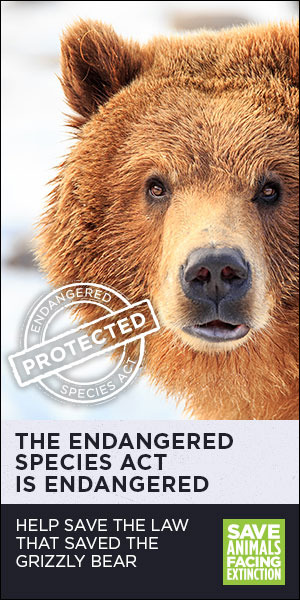Common Surgeries Every Dog Owner Should Be Aware of
Just like it would be for a human family member, any surgical procedure for your pet might raise issues. Most pets will have at least one surgical procedure, ranging from basic procedures to severe, life-saving crises. Most veterinarians who commit their time to care for animals perform surgery several times every week. Knowing if your pet needs general or specialty surgery is vital for making decisions.
Here are the most frequent surgeries only a qualified vet surgeon should do.
Common Elective Pet Surgery Procedures
Elective surgeries are optional procedures that pet owners seek. They consist of specific dental procedures and operations like neutering and spaying.
Spay
Spaying, often called “fixing,” involves performing surgery to remove all or a portion of the reproductive organs from a female dog. Ovariectomy and ovariohysterectomy are the two forms of sterilization treatments used on dogs. Ovariectomies remove the ovaries. A spay, often called an ovariohysterectomy, involves the removal of the uterus and ovaries. Both treatments make a female dog incapable of conceiving and going into heat.
Neuter
Vets conduct neutering, called castration, to remove the testicles from male canines. Since the testicles are external to the scrotum, it requires less intrusion than spaying. A single skin incision is made after the dog is given general anesthesia, but occasionally one or both testicles will not drop and stay in the abdomen. Since testicles that are left in the abdomen might develop cancer, an exploratory procedure is required. Get in touch with a vet in Ruckersville for inquiries.
Dental Extractions
It’s necessary to remove a dog’s diseased teeth. The dog can eventually be freed from the illness once a bad tooth has been extracted and the region has been cleared of infectious material. Further to being unpleasant, infections brought on by periodontal disease raise the risk of infection in the body’s main organ systems should bacteria from infected teeth reach blood circulation. Book your dog’s dental appointment at trusted facilities like the Ruckersville Animal Hospital.
Benign Skin Growths
Veterinarians will recommend the removal of a tumor if it is painful or uncomfortable or if test results point to a possibly malignant growth. Tumors can only be eliminated by removing at least some of the skin around them. Following the growth’s removal, it may be sent to the lab for a diagnostic confirmation to determine whether the entire tumor was removed.
Common Urgent Care Pet Surgery Procedures
Urgent care falls into the ambiguous category, including emergency treatment and regular vet visits. Urgent care should be sought for medical crises that call for quick attention but aren’t always life-threatening.
ACL Repair
This procedure entails cutting the cruciate ligament in a dog’s knee. The fact that this is by far the most frequent surgical procedure performed by veterinarians suggests that if your dog needs an ACL repair, a vet surgeon should carry out the procedure. Experience is always necessary for a successful outcome. If you need more information, click this link.
Fractures and Dislocations
A surgical and management option exists for almost all fractures and other orthopedic injuries, and most are amenable to several different therapies. Unusually, a condition that is not theoretically repairable could be given, despite how horrible it may appear. This is especially true concerning fracture repair.
Stomach Surgery
Bowel obstruction, or when the stomach or intestines are obstructed partially or entirely, is a common reason for concern in all dogs. Various issues are brought on by obstructions, including a reduction in blood circulation and the inability of food and fluids to move through the GI tract. Foreign bodies cause bowel obstructions most often. However, some typical intestinal obstructions to watch out for in elderly dogs are lumps or tumors.
Post-Surgical Care
Your pet may be affected by the anesthetic drugs for a few days after the procedure and the after-effects of the surgery itself. Give your pet a calm and comfortable place to recover, and keep small children and other pets away for the first few days.
Your dog could be prescribed oral painkillers or other drugs after surgery. If you have been told to give your dog any medicine, please review the label meticulously and make sure you deliver all medication as directed. Your veterinary team will advise you on any other instructions that are needed.


